Regulatory Support
The United States Autonomous Passenger Car Market is experiencing a surge in regulatory support, which appears to be a crucial driver for its growth. Federal and state governments are increasingly recognizing the potential benefits of autonomous vehicles, leading to the establishment of favorable regulations. For instance, the National Highway Traffic Safety Administration has been actively working on guidelines that facilitate the testing and deployment of autonomous vehicles. This regulatory framework not only enhances safety standards but also encourages manufacturers to invest in research and development. As a result, the market is projected to grow significantly, with estimates suggesting a compound annual growth rate of over 20% in the coming years. Such supportive measures are likely to foster innovation and accelerate the adoption of autonomous passenger cars.
Consumer Demand for Safety
The growing consumer demand for safety is significantly influencing the United States Autonomous Passenger Car Market. As road safety remains a paramount concern, autonomous vehicles are perceived as a solution to reduce accidents caused by human error. Data indicates that over 90% of traffic accidents are attributed to human mistakes, which positions autonomous technology as a viable alternative. Consumers are increasingly aware of the safety features offered by autonomous vehicles, such as advanced driver-assistance systems and collision avoidance technologies. This heightened awareness is likely to drive market growth, as manufacturers respond to consumer preferences by integrating cutting-edge safety features into their vehicles. The result is a market that is not only expanding but also evolving to meet the safety expectations of modern drivers.
Technological Advancements
Technological advancements are a pivotal driver in the United States Autonomous Passenger Car Market. Innovations in artificial intelligence, machine learning, and sensor technologies are transforming the capabilities of autonomous vehicles. Companies are investing heavily in developing sophisticated algorithms that enhance vehicle perception and decision-making processes. For example, advancements in LiDAR and computer vision technologies are enabling vehicles to navigate complex environments with greater accuracy. The market is witnessing a rapid increase in the deployment of Level 4 and Level 5 autonomous vehicles, which are expected to dominate the landscape by 2030. This technological evolution not only improves safety but also enhances the overall driving experience, making autonomous vehicles more appealing to consumers.
Environmental Sustainability
Environmental sustainability is emerging as a significant driver in the United States Autonomous Passenger Car Market. With increasing concerns about climate change and air quality, there is a growing emphasis on reducing carbon emissions from transportation. Autonomous vehicles, particularly those powered by electric or hybrid technologies, are seen as a key component in achieving these sustainability goals. The market is witnessing a shift towards eco-friendly transportation solutions, with projections indicating that electric autonomous vehicles could account for a substantial share of the market by 2035. This trend is further supported by government incentives aimed at promoting electric vehicle adoption, which could enhance the attractiveness of autonomous options. As consumers become more environmentally conscious, the demand for sustainable autonomous vehicles is likely to rise, driving market growth.
Investment in Infrastructure
Investment in infrastructure is a critical driver for the United States Autonomous Passenger Car Market. The development of smart infrastructure, including connected roadways and advanced traffic management systems, is essential for the successful integration of autonomous vehicles into the transportation ecosystem. Government initiatives aimed at modernizing infrastructure are gaining momentum, with funding allocated for projects that enhance connectivity and safety. For instance, the Federal Highway Administration has been promoting the deployment of intelligent transportation systems that facilitate communication between vehicles and infrastructure. This investment not only supports the operational efficiency of autonomous vehicles but also enhances overall traffic flow. As infrastructure continues to evolve, it is likely to create a conducive environment for the widespread adoption of autonomous passenger cars.


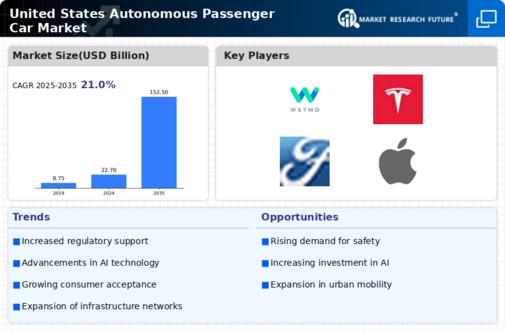

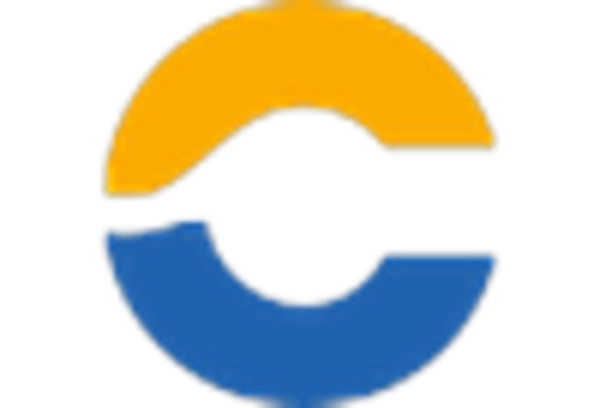
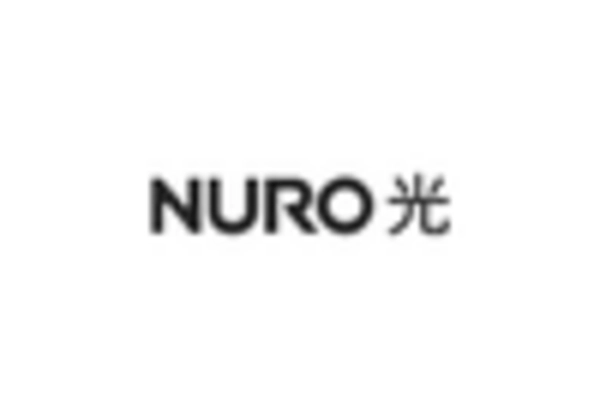
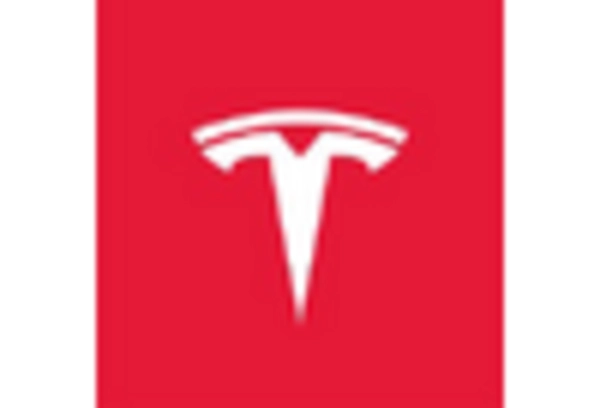
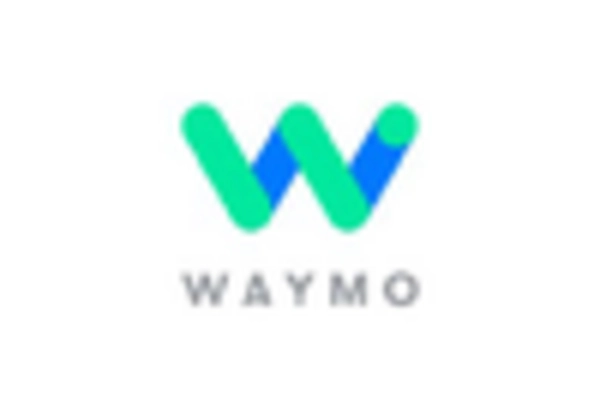
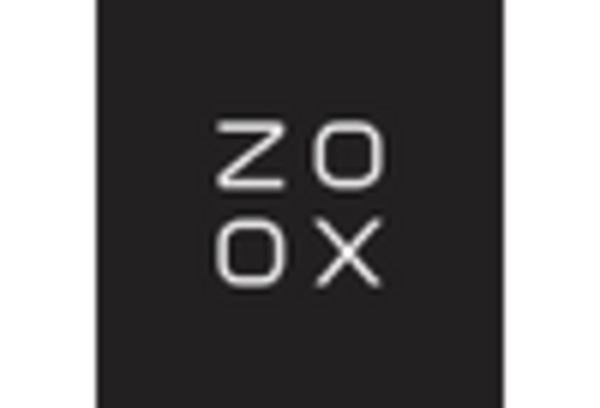








Leave a Comment